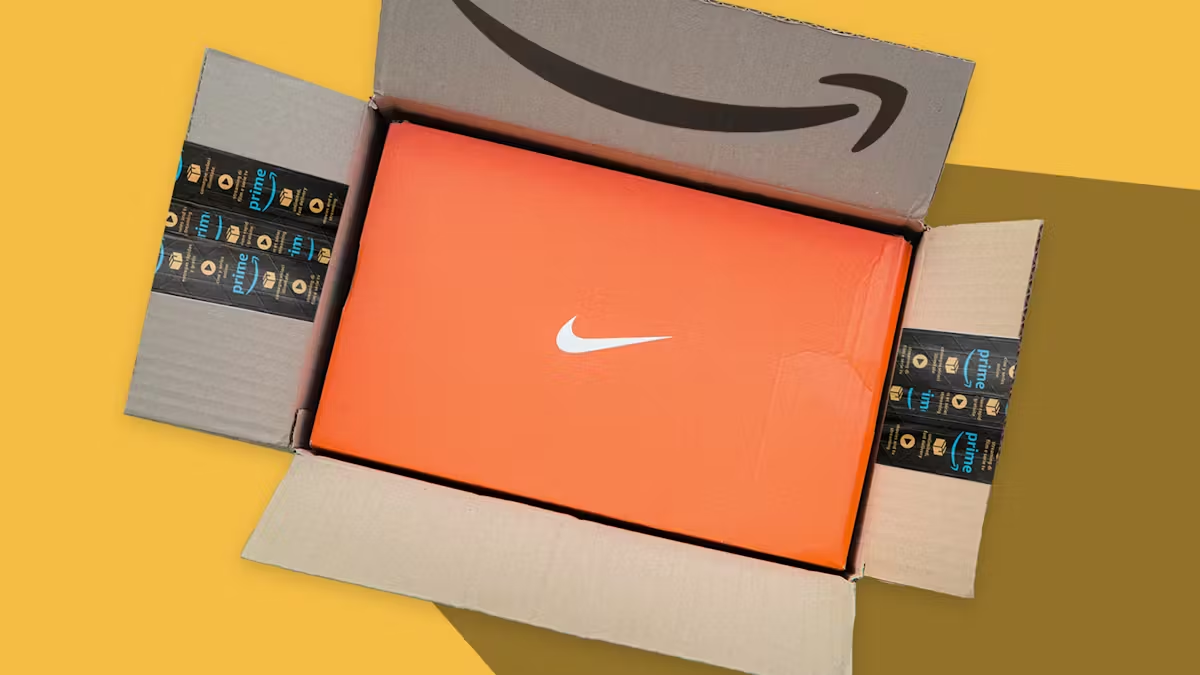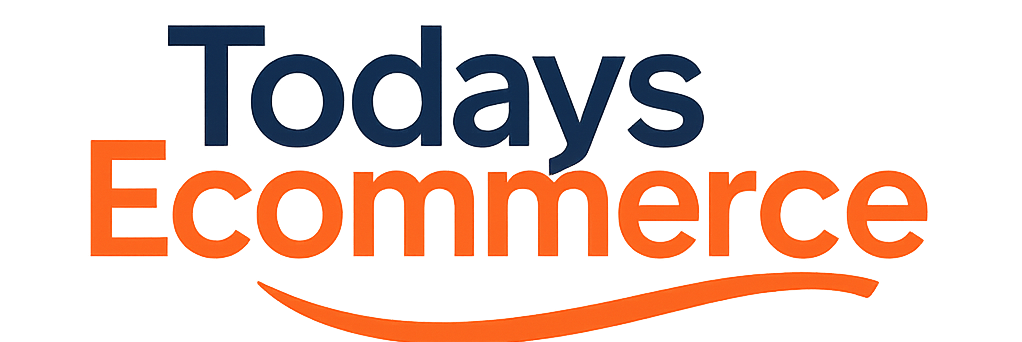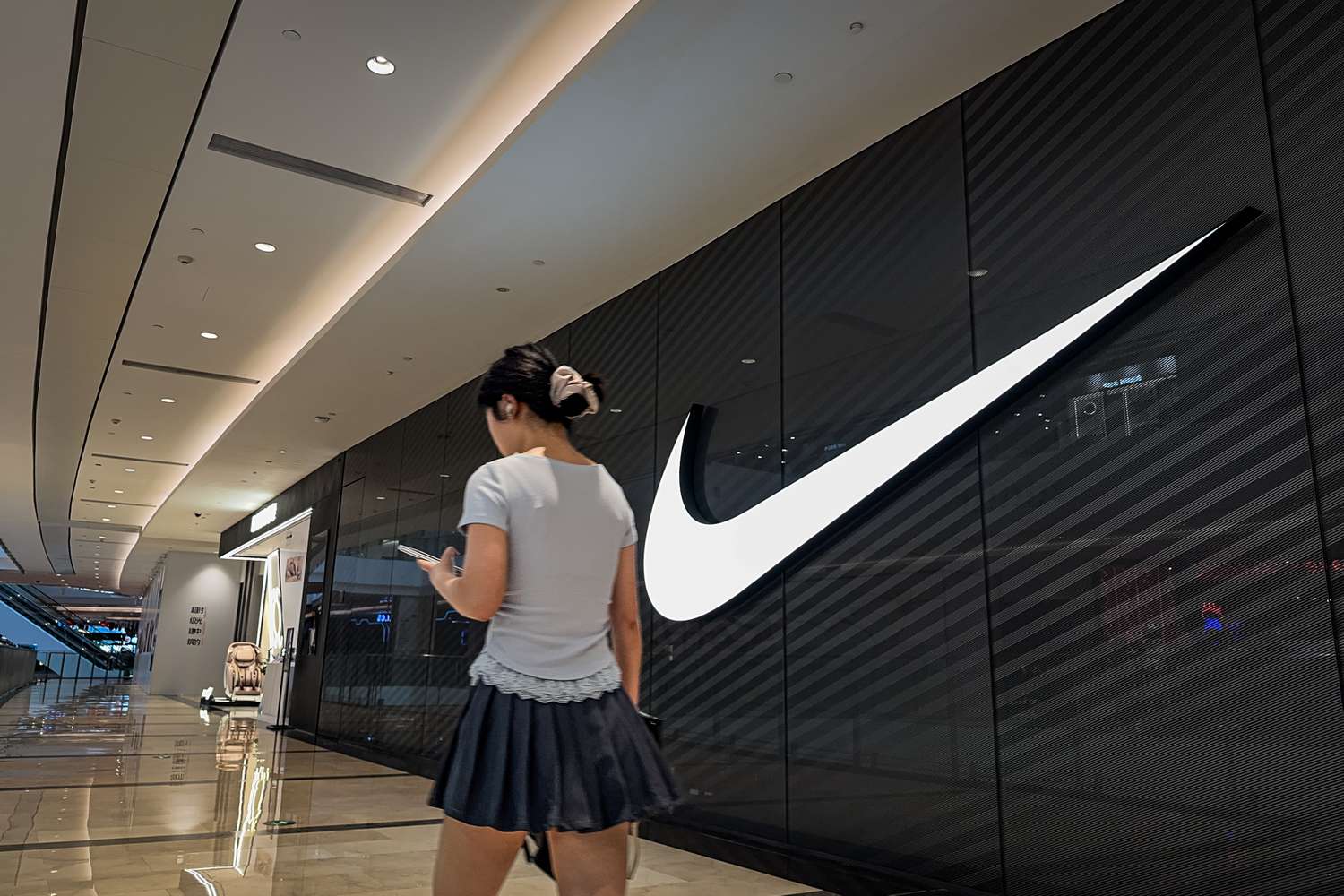Nike’s return to Amazon represents one of the most significant strategic reversals in modern retail history. After a six-year absence from the world’s largest e-commerce platform, the sportswear giant has announced its decision to resume direct sales on Amazon in the United States, marking a dramatic shift from its previous direct-to-consumer-focused approach.
The original departure in 2019 was driven by Nike’s ambitious strategy to gain greater control over its brand experience and combat the proliferation of counterfeit products on Amazon’s vast third-party marketplace. This decision aligned Nike with other premium brands like Birkenstock, which similarly severed ties with Amazon due to concerns about brand integrity and counterfeit goods. The move was part of Nike’s broader initiative to strengthen its direct-to-consumer channels, focusing resources on its own digital platforms, flagship stores, and carefully selected retail partners.
However, the retail has evolved significantly since 2019, and Nike’s financial performance has faced considerable challenges. The company reported a 9% decrease in revenue for the first three quarters of fiscal 2025, generating $35.2 billion compared to the previous year. Fourth-quarter revenue declined by 12%, while net income plummeted by 86% to just $200 million. These financial pressures, combined with changing consumer shopping behaviors and the undeniable reach of Amazon’s platform, have prompted Nike to reconsider its marketplace strategy.
The renewed partnership represents more than just a return to Amazon; it symbolizes Nike’s recognition that modern consumers expect to find products wherever they choose to shop. With Amazon processing over 2.4 billion global monthly visits and the global e-commerce market projected to surpass £6.3 trillion by 2025, the platform’s reach has become impossible for even the most brand-conscious companies to ignore.
Strategic Rationale Behind the Return
Nike’s decision to return to Amazon reflects a fundamental shift in retail strategy from pure direct-to-consumer focus to a hybrid approach that balances brand control with marketplace reach. The company has explicitly stated its commitment to “investing in our marketplace to ensure we’re offering the right products, best services, and tailored experiences to consumers wherever and however they choose to shop.”

This strategic pivot comes at a critical juncture for Nike. The company’s wholesale business has been struggling, and executives have acknowledged that they “still have a ways to go with wholesale.” The Amazon partnership serves as a symbol of progress in transitioning Nike’s product portfolio and expanding its reach to serve a wider range of consumers.
The financial implications are significant. While Nike’s CFO Matthew Friend noted that the Amazon partnership won’t be a “material needle-mover” immediately, it represents an important step in Nike’s broader marketplace expansion strategy. The company is simultaneously expanding into new digital accounts and forming new physical partnerships, such as with French retailer Printemps.
Product Launch and Market Impact
Nike’s return to Amazon will officially launch in the fall of 2025, with products set to become available in the first quarter. The initial offering will include a carefully curated selection of footwear, apparel, and accessories, with Nike establishing a featured brand store on Amazon focused on running, training, basketball, and sportswear categories.
Industry analysts expect core footwear lines such as the Air Max, Pegasus, and Metcon series to be among the first products launched, with apparel and limited-edition releases potentially following based on early performance metrics. This measured approach allows Nike to test the waters while maintaining some control over its brand presentation on the platform.
For Amazon, securing Nike’s return represents a major victory in the competitive sportswear marketplace. With rivals like Adidas maintaining a consistent presence on the platform, Nike’s return positions Amazon more competitively against specialist retailers like JD Sports, Zalando, and Foot Locker. The partnership enhances Amazon’s credibility in the fashion and sportswear segments while providing the e-commerce giant with access to one of the world’s most recognizable athletic brands.

